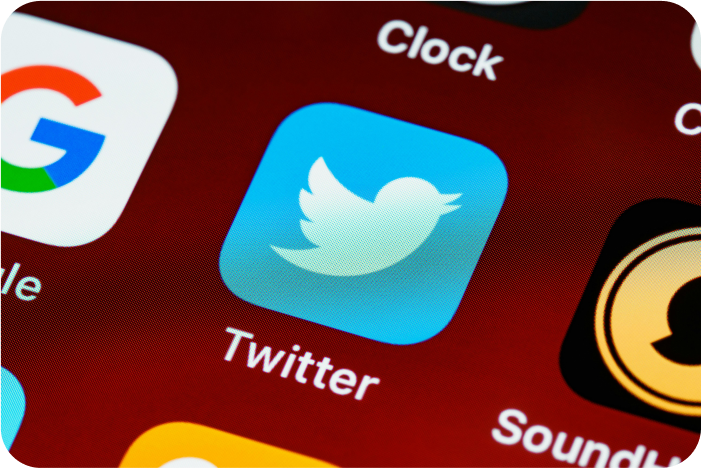Is the Deathof Twitter the Death of Open Science?
Dr Amanda Maccannell

From the start of my academic career as an Undergrad to becoming a freshly graduated PhD, there has been serious progression in the use of social media within the scientific community. Most notably, the twitterverse has a large and active following of academics who have used the platform to collaborate, share ideas and communicate their findings with the public. In fact, 2% of all twitter users are in research. One of the greatest recent achievements using the platform was the posting of the SARS-CoV-2 sequence, which allowed a global effort to produce a covid vaccine.
However, with eccentric billionaire Elon Musk at the helm of the social media giant – could such breakthroughs be lost in a world where scientists are leaving in droves and false and misleading info posted by users who are not experts in their field? We’ll explore the importance of social media and the impact on open science in this article.
The ease of entry to use the platform is both a blessing and a curse, originally as I entered the world of science and research, twitter was already becoming a place where celebrities, politicians and new stations were posting the latest information and amassing millions of followers based on how snappy a post they could make with a limited number of characters. More of a popularity contest than anything else, using it as a respected platform for scientific engagement was no more than a laughable idea.
However, as time went on, more scientists were used twitter as a virtual meeting place to share research findings, engage with colleague, and stay up to date on the latest developments in their field. Scientific organizations have recognized the value of this community have also joined in to promote conferences and events.
Scientists being active on twitter has not only advanced science, scientists taking to social media has had a profound impact on the way the public accesses reliable scientific information. Scientists communicate through publishing their research findings in journals, which almost 40% of papers published in 2018 were tweeted about and during SARS-CoV-2 pandemic more than half of all journal articles on COVID-19 published up to April 2021 were mentioned at least once.
However, with all of the good twitter has done for open communication in science, it is important to note that Twitter is also a platform that has been used to spread misinformation about scientific issues. This can be a concern for public engagement, as the spread of false or misleading information can lead to confusion and mistrust, and can undermine the credibility of scientific research and expertise. In response to this issue, Twitter has implemented various measures to combat the spread of misinformation on the platform, including the use of fact-checking labels and the removal of content that violates its rules and policies.
Overall, Twitter has had a significant impact on scientific public engagement, providing a platform for the sharing of scientific information and insights, promoting science education and literacy, and facilitating the participation of the general public in science-related events and activities. While there are also challenges to be addressed, such as the spread of misinformation, the use of Twitter has the potential to help bridge the gap between scientists and the general public, and to foster a more informed and engaged society.
